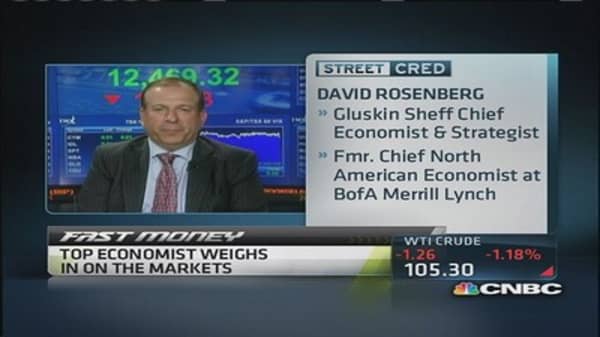Global food prices could decline further in coming months after hitting their lowest level in more than a year in July, the United Nations' food agency said on Thursday, pointing to prospects of abundant grain supplies.
Food prices surged during the summer of 2012 due to a historic drought in the United States but improving prospects for cereal supplies in 2013/14 are fueling the opposite trend this year, the Food and Agriculture Organisation (FAO) said.
"Supplies are proving to be much better than anticipated a few months ago. The weather has been pretty good in many cases and is giving hope for higher production," FAO senior economist Abdolreza Abbassian said.
He said good prospects for maize output in the United States, Argentina and the Black Sea region meant corn prices could lead other markets down this season, reversing their supportive influence on higher prices last summer.
(Read more: World Bank says global food prices fell again in latest quarter)




